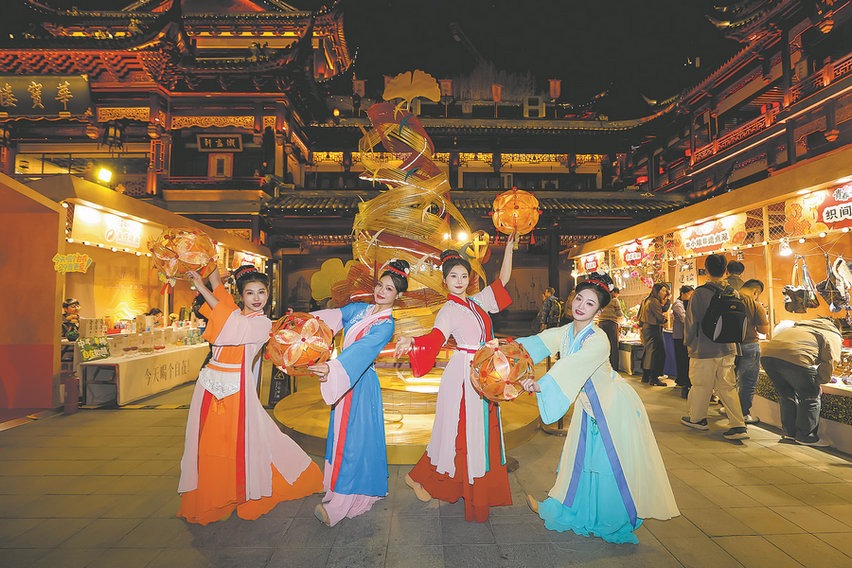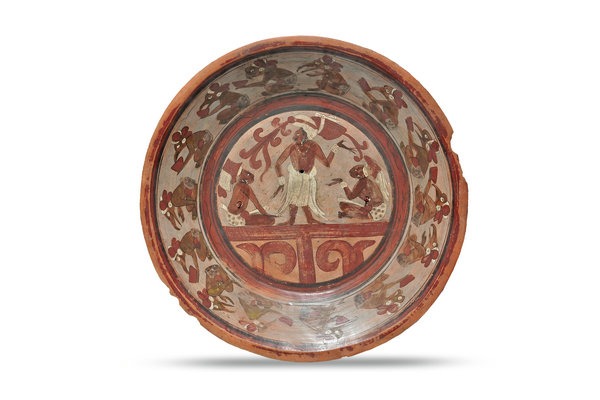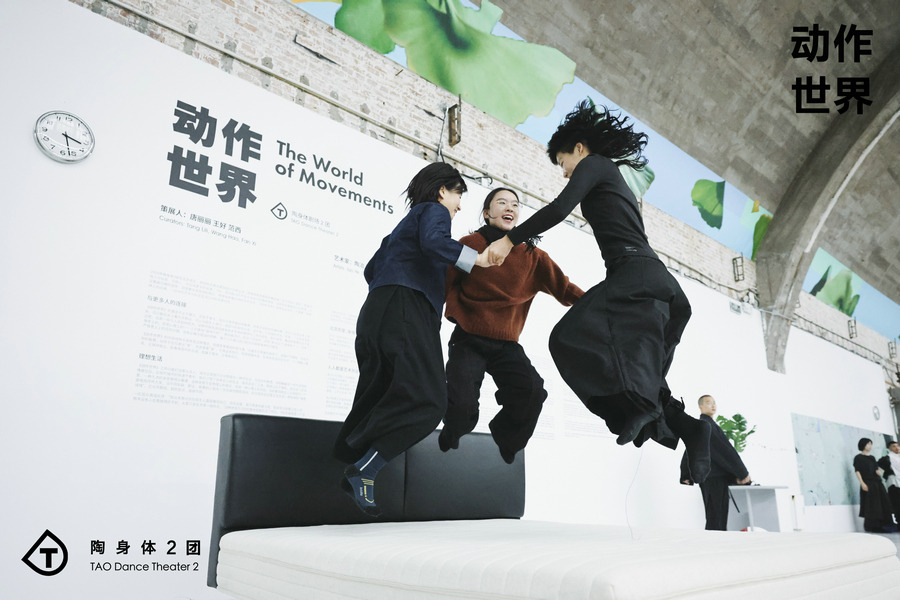Digital dependency
The new London exhibition 24/7 is a wake-up call for our non-stop world


In London until Feb 23, 2020, Somerset House's latest exhibition 24/7, inspired by the book 24/7: Late Capitalism and the Ends of Sleep by essayist Jonathan Carey, takes visitors on a journey through five zones based on the tensions of life in a non-stop world. New technologies have blurred the boundaries between day and night, activity and rest, the human and the machine, work and leisure, and the individual and the collective.
Interestingly, the beginnings of this 24/7 culture can be traced back to the Industrial Revolution, with workers being rostered around the clock. The distinction between day and night effectively eroded, disrupting the body's natural rhythms-and that has intensified during the Information Age.
Early examples of the phenomena include Joseph Wright of Derby's Arkwright's Cotton Mills by Night (1782), in which he painted a Derbyshire cotton mill owned by Richard Arkwright, inventor of the modern factory. It is believed to be one of the earliest depictions of British 24/7 culture, with workers made to do shifts around the clock.
It's a reminder of how the split between business and leisure time has blurred, with more homeworkers and more coffee shops becoming working hubs than ever before. Once touted as the future of employment, the current gig economy has proven a honey trap for some; despite the illusion of greater flexibility and freedom away from the office, the reality can be quite precarious, requiring more time for work and less for rest and relaxation. It often leaves individuals in isolation, rather than part of a collective who can convene to champion workers' rights.
Roman Signer's Bett (1996) shows a film of the Swiss artist asleep on his bed as a remote-controlled helicopter frenetically swoops and hovers above his head. Tatsuo Miyajima's Life Palace (Tea Room)(2013) is a meditative isolation chamber, through which the Japanese artist invites people to climb and, within the blue glow of blinking LED numbers, drink in the passage of time.





































